Affiliate links on Android Authority may earn us a commission. Learn more.
E-bikes buyer's guide: What to know about electric bicycles, plus our top picks
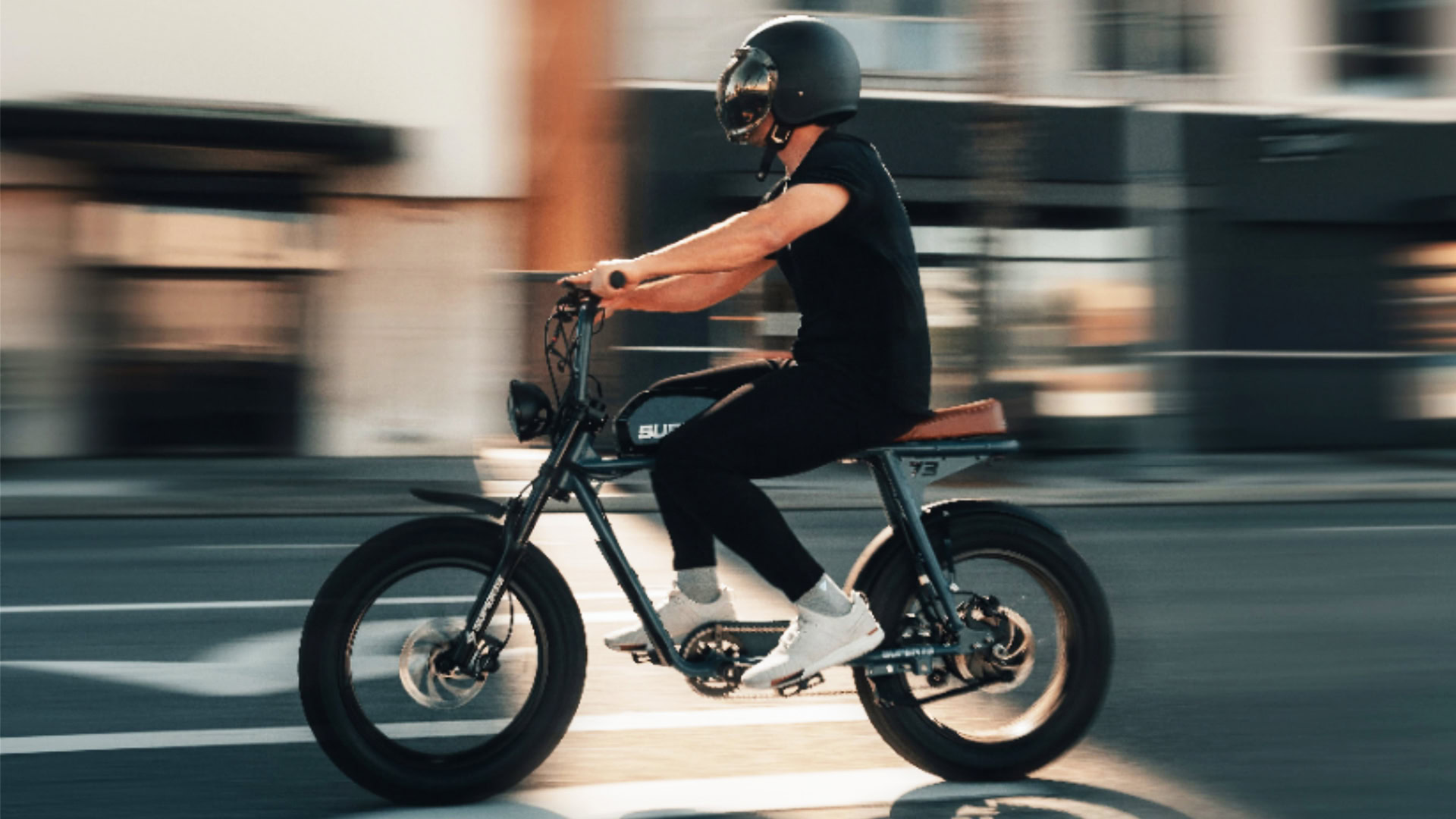
Believe it or not, electric bicycles are one of the oldest forms of motorized transportation. US patents for them date back to the 1890s, though they never really caught on until over a century later. Today the e-bike scene is exploding, fueled not just by better technology but the growing number of people who work from home or don’t need to drive daily. This guide should help judge whether an e-bike makes sense, what to look for when buying one, and offer a few of our favorite picks to consider.
What is an e-bike, and what kinds of e-bikes are there?
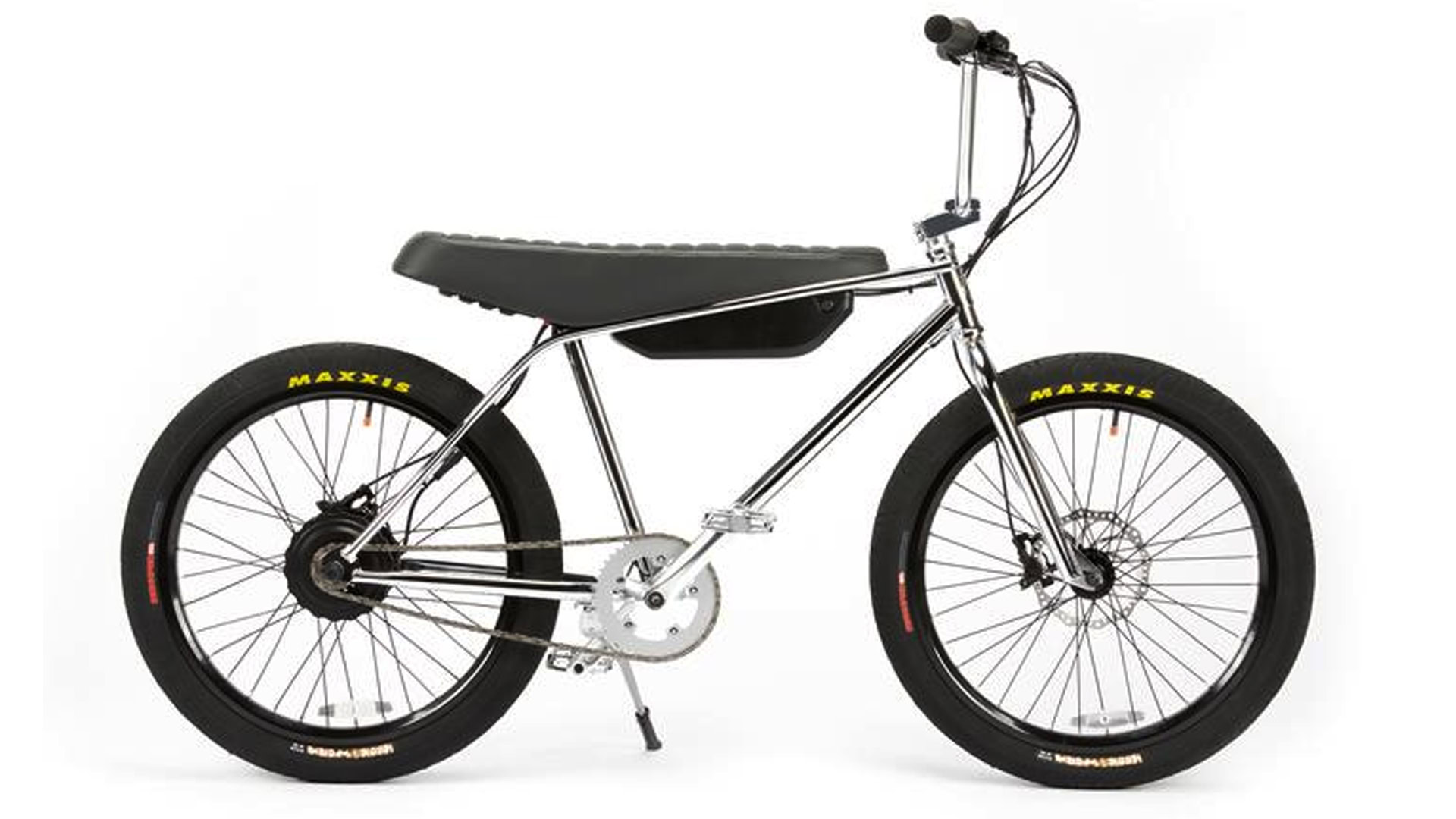
Ignoring the gritty details, at its most basic, an e-bike simply adds a battery, motor, and controller to the gears and frame of a conventional bicycle. In fact, if you know what you’re doing, it’s not too difficult to convert a traditional bike or even build an e-bike from scratch. Companies like Swytch sell off-the-shelf conversion kits, and the best DIY designs can be as good as or better than commercial products for less money.
There are just as many styles of e-bike as there are conventional ones: city, mountain, cargo, foldable, recumbent, you name it. Often products check multiple boxes. A style that frequently appears in the electric world, though, is the fat-tire bike. Fat tires offer extra comfort, traction, and stability, and since they have a motor behind them, the added weight isn’t much of a concern. E-bikes, in general, tend to be heavy. It’s hard to find good ones under 50 lbs (22.7kg) and some of the most powerful top 100 lbs (45.4kg).
There are just as many styles of e-bike as there are conventional ones.
A few manufacturers exploit the benefits of fat tires to blur lines with broader EV categories. Companies like Ariel, Juiced, and Super73 offer what are effectively electric mopeds, designed to be used throttle-only in many situations, with pedaling as a backup or a speed/range assist. A handful of bikes, like the Onyx RCR and Sur Ron X, take this to the point that they’re effectively motorcycles — their pedals exist to qualify as an e-bike legally.
Should I get an e-bike?
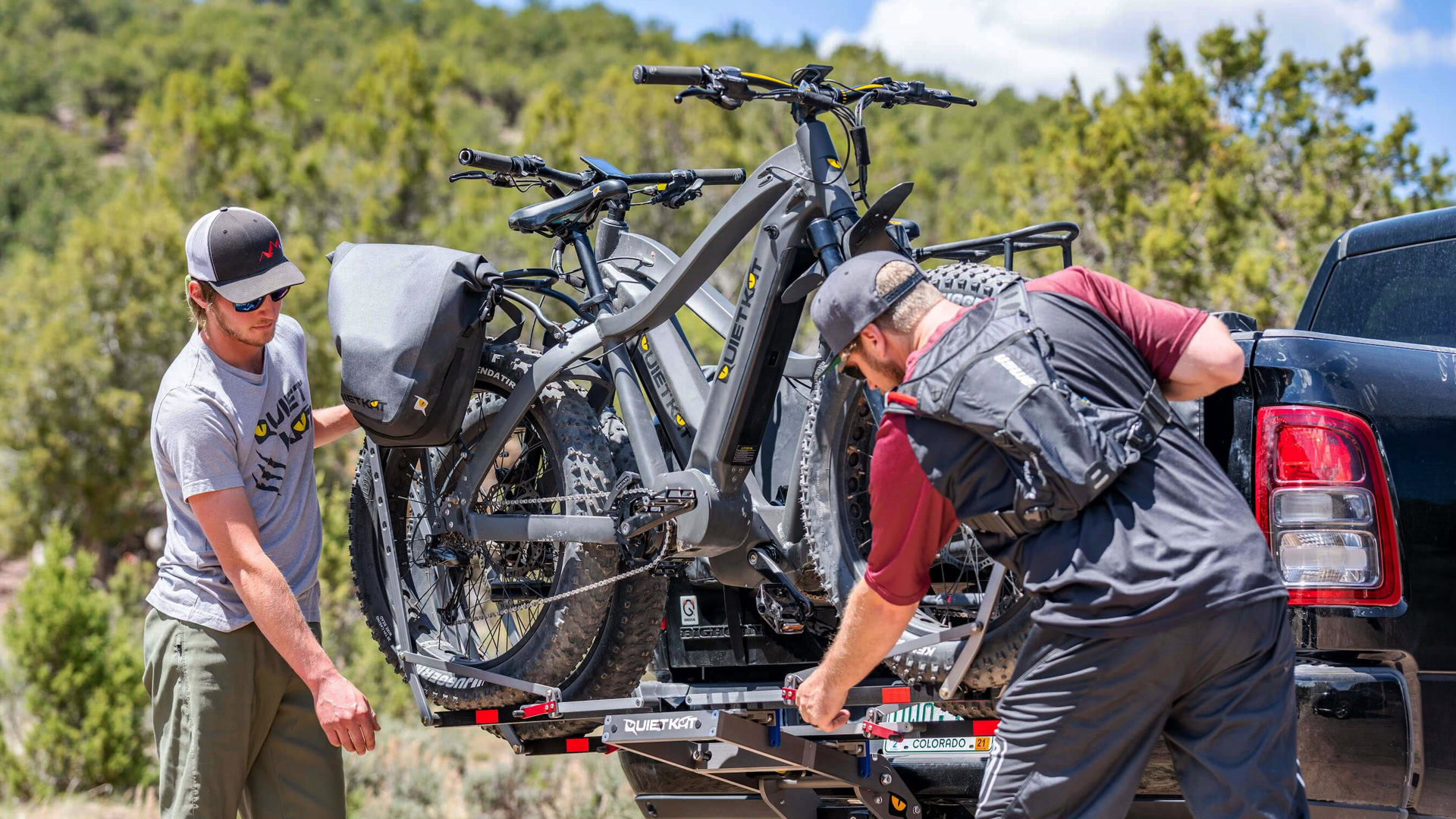
E-bikes are probably the most versatile form of personal electric vehicle (PEV). The right models can carry cargo or passengers, and there are many ready-made customization options, even some that will let you ride in the snow. Their range is typically higher than electric scooters and skateboards, and if their batteries run dry, you can still pedal home, although you might end up tired and sweaty. The learning curve is minimal, as well. If you can ride a manual bike, you can ride an electric one.
There are many factors to consider before taking the plunge, beginning with space, weight, and transportation. Unless it folds, any e-bike will take up a lot of space, which can be problematic if you live in an apartment. Heavier models can be difficult or impossible to carry upstairs or on public transit. If you want to take one on trips, size, and weight may mean you’ll need a truck or a specialized car rack (regular bike racks won’t do). It’s possible to slip e-bikes into some sedans, crossovers, SUVs, or even compacts, but without folding, it’s often only by putting the seats down and removing one of the bike’s wheels.
Another issue created by size is security. Many building operators force people to lock bikes up outside, where they’re inherently more vulnerable to theft. E-bikes, in particular, can be lucrative targets, so if you’re going to buy one, check that your intended stops are safe. If you live in a sketchy neighborhood, you might want to consider vehicles you can take indoors without any resistance — namely electric skateboards, unicycles, or scooters. If you do get an e-bike, there are things you can do to improve security, which we’ll cover later on.
Legality is less of a concern with e-bikes, but it’s still something to worry about. Where you can ride is governed not just by state, federal, or provincial laws but often by county and municipal regulations. It can, for example, be illegal to ride on sidewalks in one city, while another might demand it if the alternative is mixing with high-speed car traffic. There are places that won’t allow e-bikes on park paths even when manual bikes are zipping through at the same speed.
Governments also frequently impose performance caps. Whereas much of the US is effectively unlimited, Canada, for instance, requires that all e-bikes be capped at 500W unless they’re used off-road, and there are tougher restrictions in countries like India and Norway. Where those caps are in effect, it may be possible to circumvent them by getting a license and registration, but that costs time and money that defeats the simplicity of a PEV.
The enforcement of e-bike rules can vary wildly, for better or worse. Police aren’t necessarily familiar with PEV regulations, and wattages can be difficult to check if they’re not openly labeled. Beyond following the letter of the law, the safest strategy is to avoid drawing attention. If you’re not causing problems for cars or pedestrians, there’s usually no reason to stop you.
The enforcement of e-bike rules can vary wildly, for better or worse.
Some e-bikes have a tendency to pull extra scrutiny from law enforcement. Just as a Porsche 911 is bound to draw more eyes than a Honda Civic, a Super73 looks enough like a motorcycle that police may stop you on paths you’re technically allowed on. If this feels like a legitimate risk where you live, it might be safer to buy a more traditional-looking e-bike or at least minimize throttle-only operation.
Lastly, it’s important to consider maintenance and repair. As a rule, e-bikes require the same level of maintenance as manual ones, with the added complexity of a battery and motor. Be prepared to keep tires inflated, bolts tightened, chains oiled, hydraulics topped, and the battery charged. You’ll probably have to deal with the occasional flat, too, though you can sharply reduce the chances of that by using tire liners and/or preventative sealants like Slime or FlatOut.
Most major cities have at least one shop capable of servicing e-bikes, so you can offload some of the work on them if you have the budget. If you’re really averse to doing anything yourself, however, it might be worth considering other PEVs. Unicycles, Onewheels, and skateboards typically require the least regular maintenance.
What to look for when shopping for an e-bike
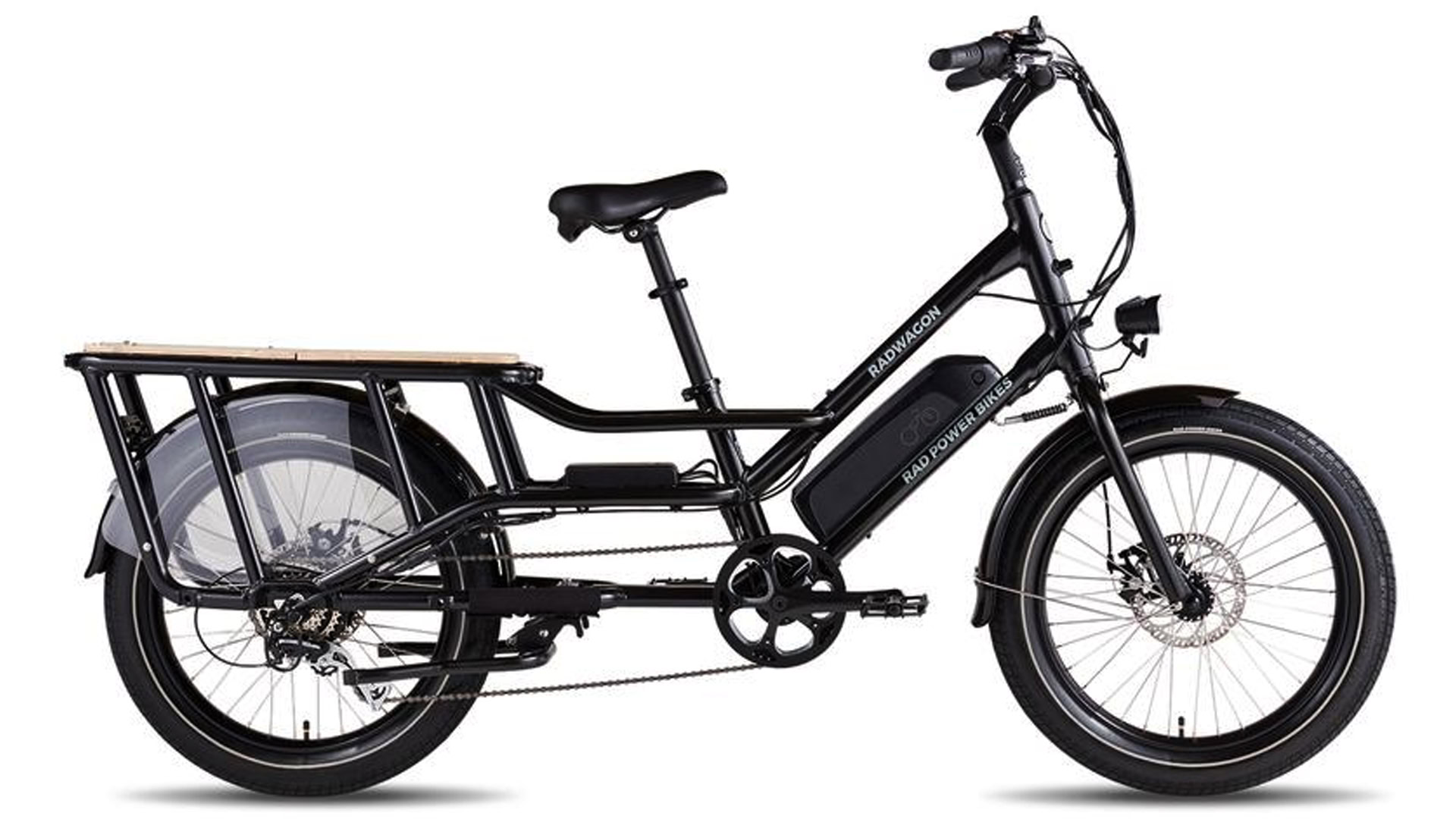
Because there are so many styles, your intended usage matters a great deal. If you’re planning to carry serious cargo or mount child seats, you’ll want a bike with built-in rack mounts — preferably in the rear since front racks can sometimes obscure lights or your view. There are alternatives such as trailers, panniers, and tube bags, but of those, only trailers can carry substantial amounts.
Seating matters for a few reasons. If you’re hoping to carry adult passengers, you’ll want not just an extended seat but footpegs and possibly wheel guards to keep your legs safe from debris. With or without a passenger, never underestimate the importance of a cushy seat since the opposite can make long rides unbearable. In some cases it may be possible to install a suspension seat post, which takes the shock out of bumps.
On that note, wheel suspension isn’t strictly necessary if you stick to paved areas, but it should be high on your priority list if you expect to jump curbs, cope with potholes and speed bumps, or venture off-road. The tech improves comfort while reducing the chances of damage or losing control. Front fork suspension is often enough for urban terrain, but the best bikes have both front and rear shocks. You’ll definitely want front and rear coverage if you buy something with motorcycle-level speeds.
When it comes to batteries, you’ll see ratings in terms of voltage (V) and amp-hours (Ah). Higher amp-hours translate into better range, while higher voltages improve power delivery — Juiced, for example, insists on using 52V batteries across the board, which helps push its bikes up to 28mph (45kph) or more. For the snappiest performance, you should demand at least 52 or 72V. You can get away with 48V, though, if you don’t expect conditions like steep hills.
For the snappiest performance, you should demand at least 52 or 72V.
Performance is also going to be dictated by wattage, tires, gearing (i.e. the number of “speeds” a bike has), and how much you’re willing to pedal. Some bikes can only achieve top speed with pedal assist modes, and range estimates are normally dependent on them. Makers will sometimes separate pedal assist and throttle-only ranges.
You should always buy a model with a removable battery. That makes charging more convenient, and if a battery fails or runs dry, you can swap in another one, though replacements tend to be expensive. Removing a battery is also good for safeguarding against theft, rain, or cold weather depletion.
Motors come in two varieties: hub and mid-drive. The vast majority of bikes use the former option since it’s a lot cheaper and usually more than enough. Mid-drive motors are connected directly to the drivetrain instead of a wheel, which improves efficiency, especially on inclines. Read more about hub-drive vs mid-drive electric bikes here.
Motor wattage can be a tricky thing. It’s the ultimate measure of how powerful a bike is, so the more, the better, but as mentioned earlier, it’s often capped by regulations. Some governments limit bikes to as little as 250W, which guarantees plenty of pedaling. The US market isn’t quite so restricted, which is how the 3,000W Onyx RCR can exist. Every motor also has a higher peak wattage indicating what it can sustain in short bursts, say when climbing a hill.
Speaking of gearing, it’s entirely possible to get by with single-speed on an e-bike since the motor is doing the hard work. If you expect to climb a lot of hills, however, you should opt for a multi-speed setup, which will let you gear down as necessary. Thankfully, multi-speed bikes and upgrades are fairly common at this point.
Tires should never be an afterthought. If you’re coming from a conventional city or mountain bike, it can be tempting to stick to those sizes and treads, and they are fine if you’re riding in similar contexts. With a motor, though, you’ll probably be riding further and faster than before or even in new terrain.
City riders can use their preferred size of street tires, which have less rolling resistance and, in some cases, are more puncture-resistant. If you expect to be dealing with rough or slippery terrain, you’ll want off-road tires; the fatter and knobbier, the better. These do tend to hurt range a little, and they’re sometimes softer — making them more prone to wear and punctures — but the tradeoff is an aggressive grip. You can mitigate puncture worries by adding liners and sealant.
Tires should never be an afterthought.
The ideal handlebar is subjective, but it is important to know what posture you like. For cruising, it’s better to have grips positioned high and wide so you can stay upright. Bringing things tight and low tends to enable superior control. That said, if you don’t like a bike’s stock setup, it’s frequently possible to adjust it or swap in third-party handlebars. You can change grip coverings if you find them too fat, thin, or slippery.
Returning to specs, the range should double your furthest destination unless you can afford to charge for a few hours midway. You’ll need extra headroom if you plan to ride in cold weather since freezing temperatures can cut battery life by as much as half. Remember that companies often overestimate the range, giving a best-case scenario with moderate speeds and minimum pedal assist from the motor. Higher speeds, increased pedal assist, and/or using the throttle can slash range dramatically.
The only reason to worry about top speed is if you love going fast or think you might ride in traffic. In the latter case, you’ll want at least 28mph (45kph) and preferably more since there aren’t many roads with such slow limits. You can hit speeds up to 60mph (96.6kph) on an Onyx RCR, but you’ll want motorcycle-grade body armor if you attempt that — not to mention training.
On the safety front, it’s important to consider lights and brakes. Many bikes ship with weak lights or none at all, and whether or not you plan to ride at night, good lighting can increase your visibility to cars and pedestrians. Night rides demand strong headlights and tail lights, as well as turn signals if you’re going to be on major roads. You’ll probably have to add the signals yourself.
Night rides demand strong headlights and tail lights, as well as turn signals if you're going to be on major roads.
E-bikes generally rely on mechanical or hydraulic disc brakes since anything less might be too weak (or even damaging) for the amount of force electric motors can generate. Mechanical brakes are alright at low speeds, but because of their stopping power, hydraulics are preferable. They’re virtually mandatory on bikes topping 28mph — there’s just no other way to slow down fast enough in some situations.
Helping to regulate pedal assist modes are cadence or torque sensors. The former is more likely on cheaper bikes and can feel jerky since they just turn the motor on or off based on whether or not you’re pedaling. They’re not a dealbreaker, just not the best. Torque sensors measure actual pedaling force, adjusting power delivery accordingly, although you’re going to pay for the privilege. Some bikes may use both cadence and torque sensors.
Entry-level picks
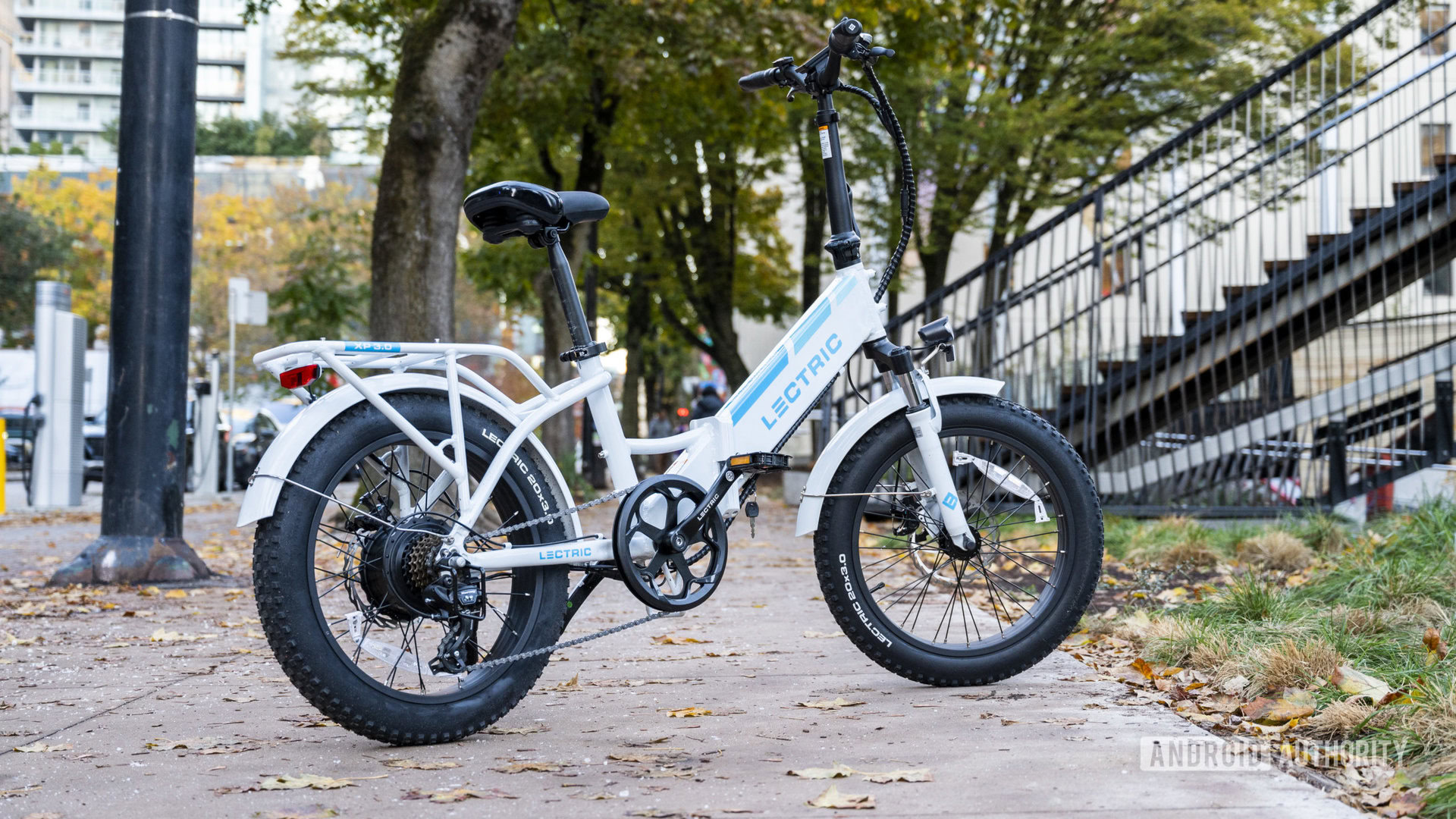
The Lectric XP 3.0 is hard to top as a do-it-all starter bike. It’s a $999 folding fat-tire model that ships fully assembled yet comes with features like fenders, lights, an LCD, front suspension, and a seven-gear drivetrain — equipment that’s sometimes missing on bikes twice as expensive. It even has a 28mph (45 km/h) top speed and a 45-mile (72km) max range.
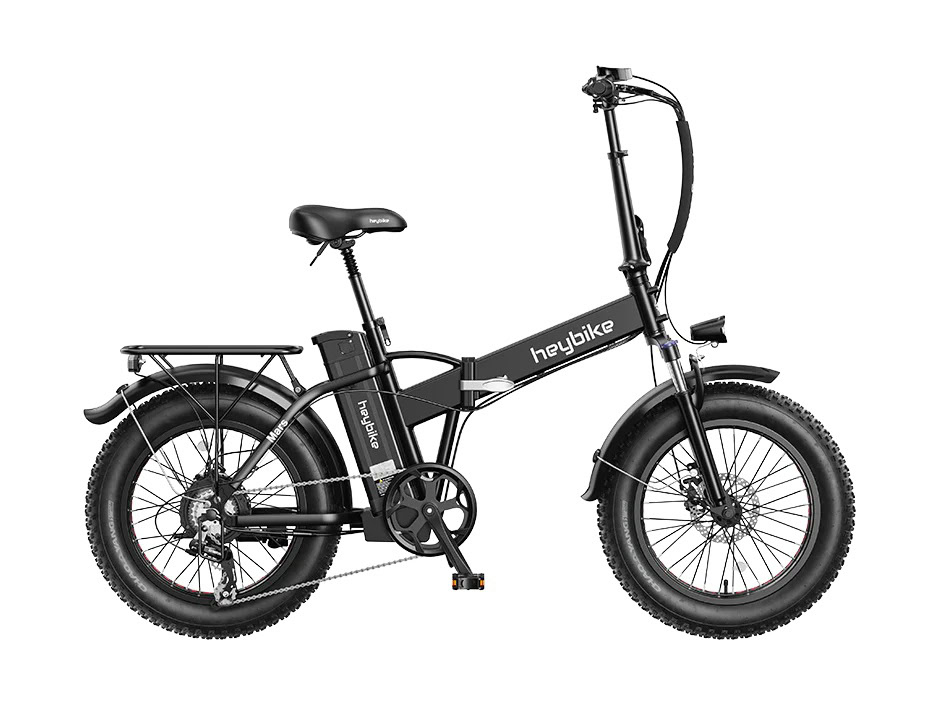
If you want something for the same price of $999, that’s lighter and has a more easily removable battery; the HeyBike Mars is an underdog in the folding, fat-tire e-bike arena. It is just a class-2 bike that maxes out at 20 mph (32 km/h) and has a motor that’s half the size, but the handling and suspension are smoother, plus the removable battery has a spare USB port to charge your other devices on the go.
Some downsides are a 48V battery, mechanical brakes, and a 500W motor. If you blast along at 28mph all the time, expect the range to fall to 25 miles (40km). There’s a Step-Thru version if you need something that’s easier to mount or you just prefer its style.
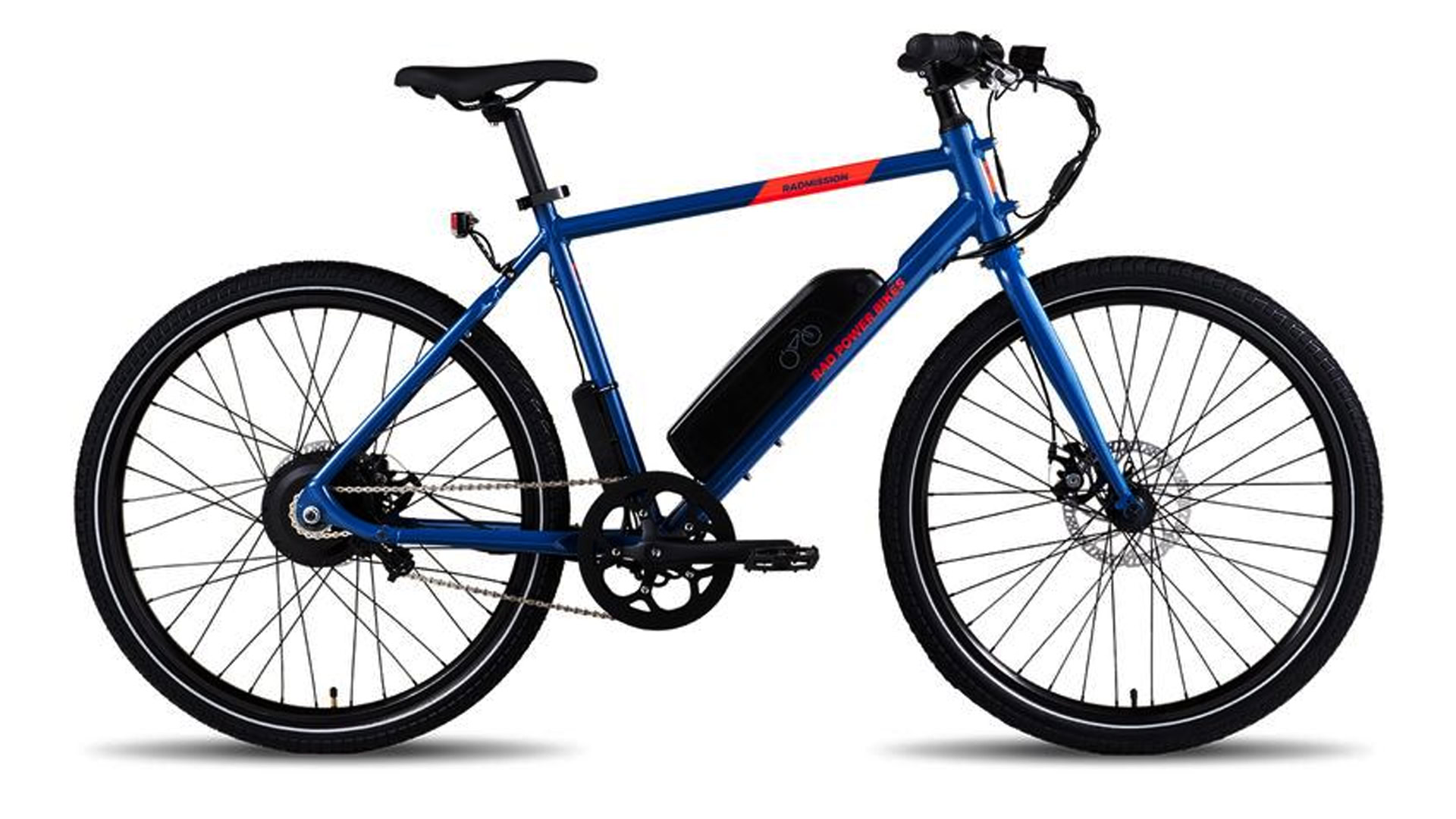
Rad Power Bikes’ RadMission has specs similar to the Lectric, albeit with a shorter 24-45 mile (40-72km) range and a purely urban bike frame and tires. It also drops things like fenders and an LCD. It normally costs $1,199, but you can potentially get it for as little as $499, and it’s extremely light at 47.5 lbs (21.5kg), including the battery. There’s a choice of high- or mid-step versions, each with its own color options.
Mid-level picks
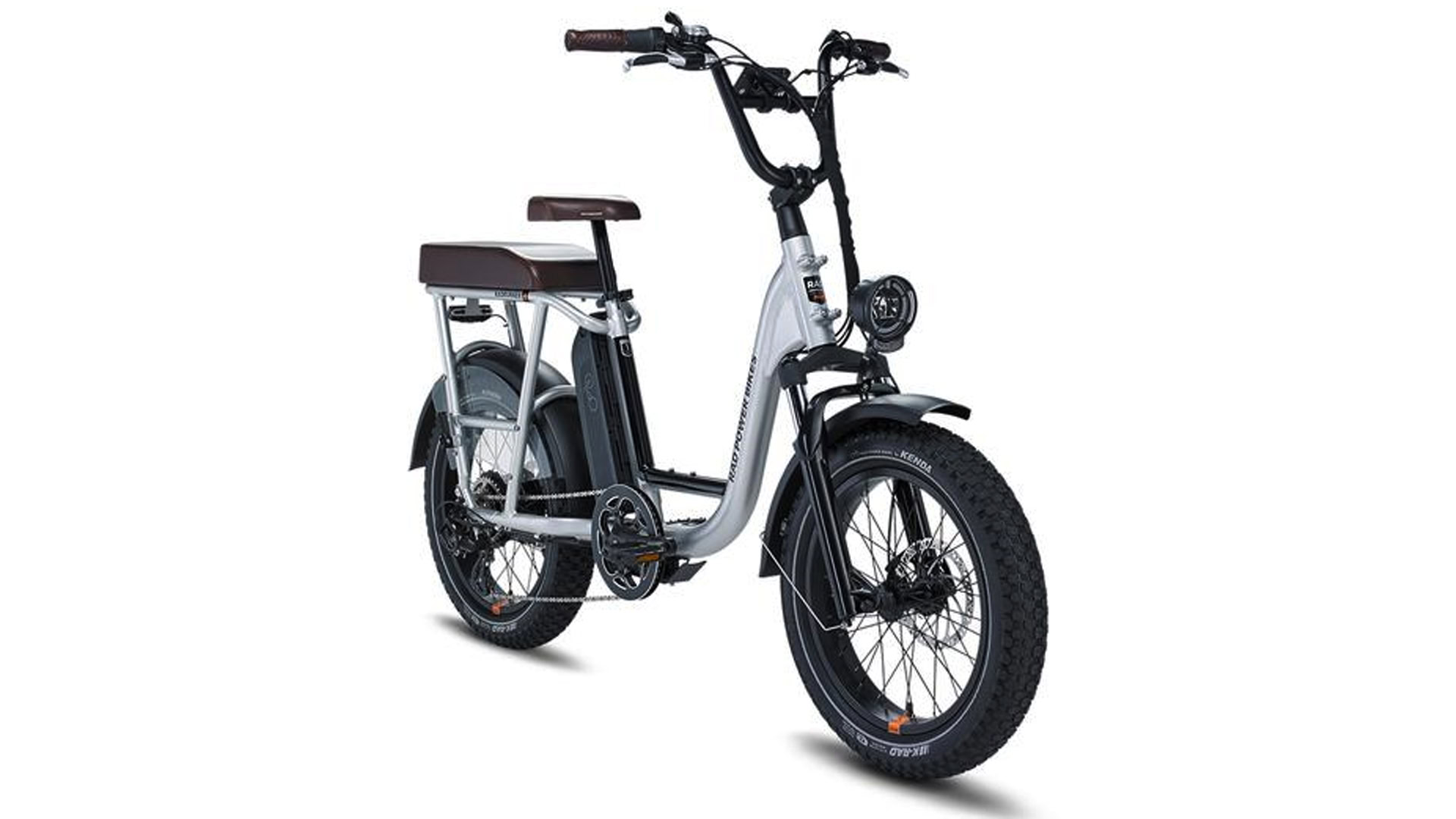
There are a few Rad Power bikes in this guide, and not without reason. The RadRunner Plus ($1,899) nails a sweet spot in terms of functionality and creature comforts. While it once again has a 48V battery with a 45-mile max range, it upgrades to a 750W motor and can handle loads up to 300 lbs (136kg). It comes with a passenger package, with footpegs, wheel guards, and an extended seat you’ll use on solo rides too. We strongly suggest adding the $99 Center Console accessory, which provides a large storage compartment with phone and cup holders and makes the bike look even more like a moped.
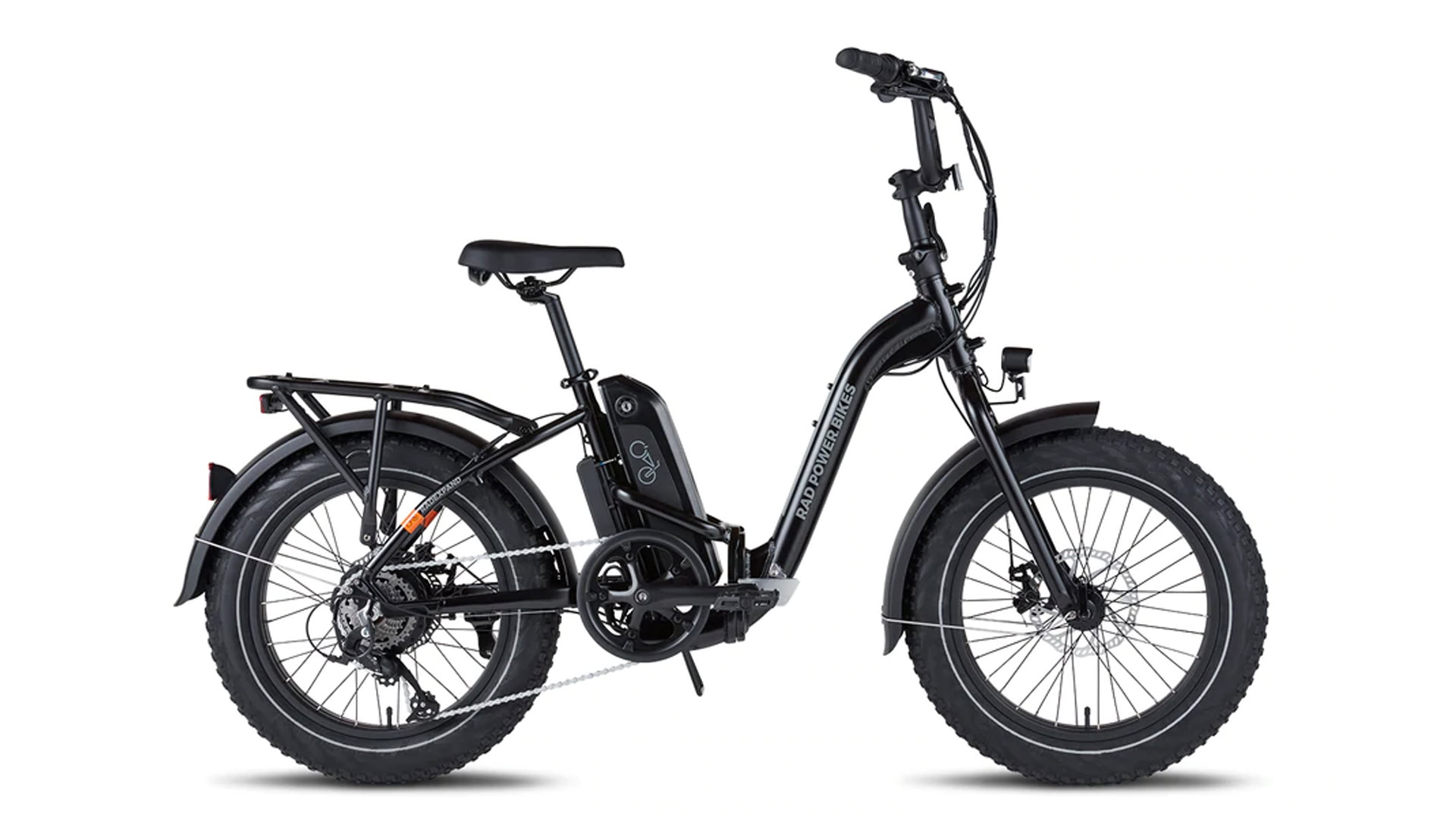
The 48V, 750W RadExpand 5 ($1,599) is one of the best-value folding bikes. It uses better components than the Lectric, including a more readily accessible battery. Its sleek step-through design makes it easy to climb on and off, particularly for shorter riders or those balancing the bike while loading cargo. The only serious problem is that pedaling may be uncomfortable for tall riders.
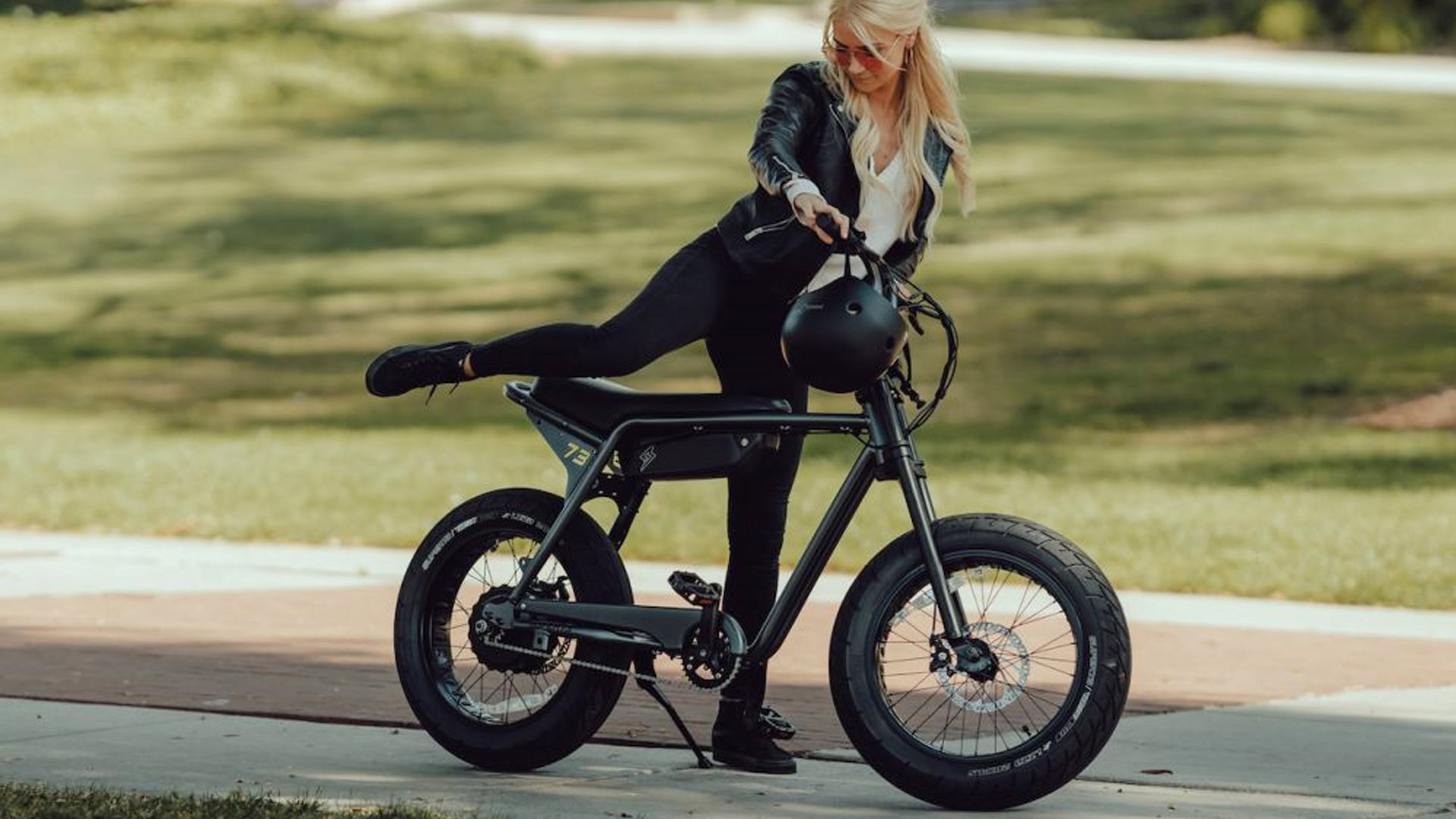
The Super73 ZX is $2,195 and missing basics like fenders and lights in its stock US version — Europeans are lucky enough to get these — but it makes up for it with a plush extended seat, 20×4-inch fat tires, a dedicated smartphone app, and (in the US) a 750W motor with speeds up to 28mph (45kph). Its battery is big enough to go about 30 miles (48km) using the throttle at 20 mph or 50 miles (80km), relying on the low-level pedal assist.
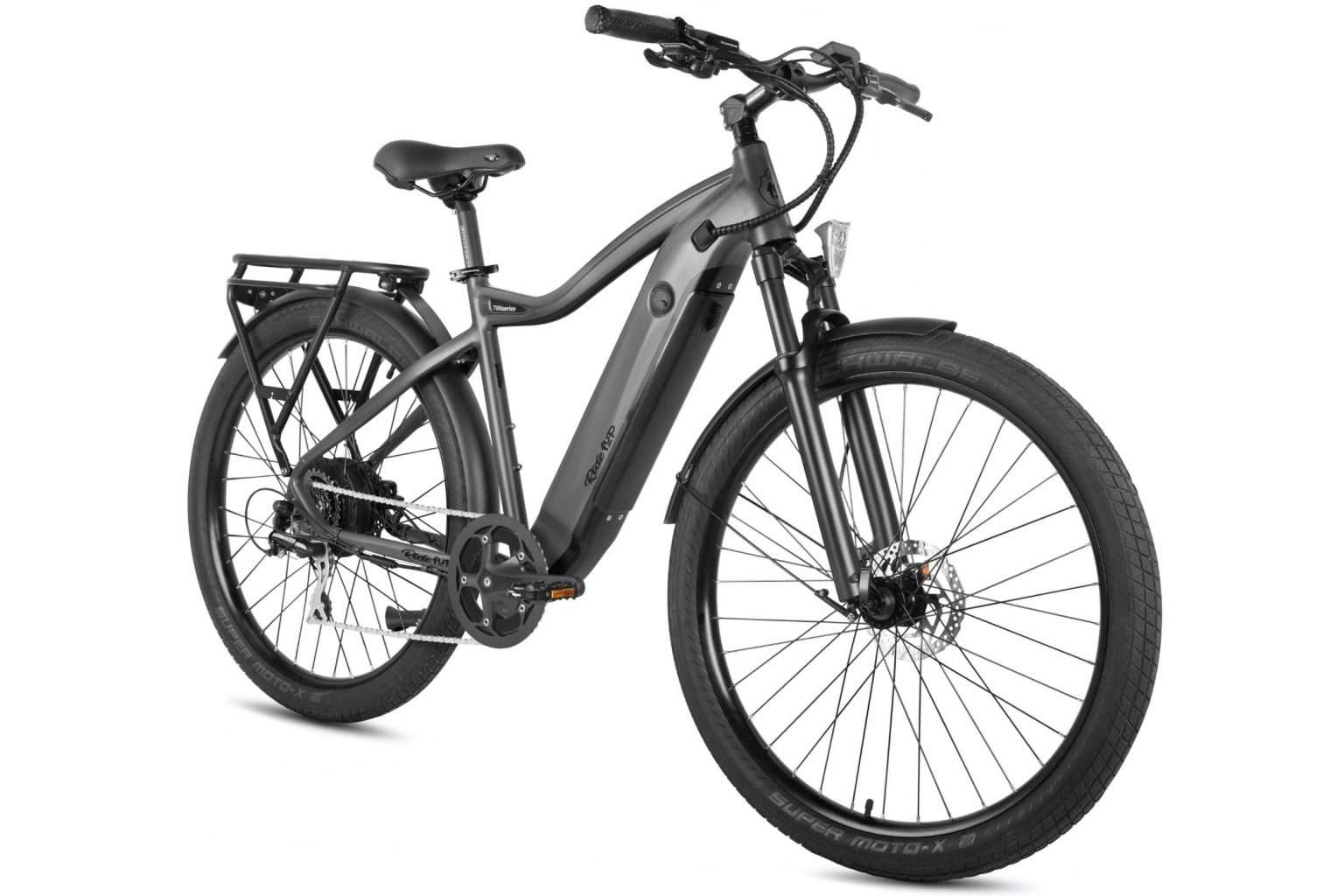
If you’re looking for an e-bike with high-quality features that won’t break the bank, the Ride1Up 700 series ($1,595) has your name on it. It includes everything you’d expect from a city commuter and more, including fenders, a headlight, and a rear rack. It has specs similar to other bikes in this range, such as a 750W motor, a 28mph top speed, and a 30-mile max range. But what elevates it is name-brand components you wouldn’t normally find for such an affordable price. Those include Tektro hydraulic disc brakes, a Shimano Acera 8-speed drivetrain, and Schwalbe Super-Moto-X fat tires.
High-end picks
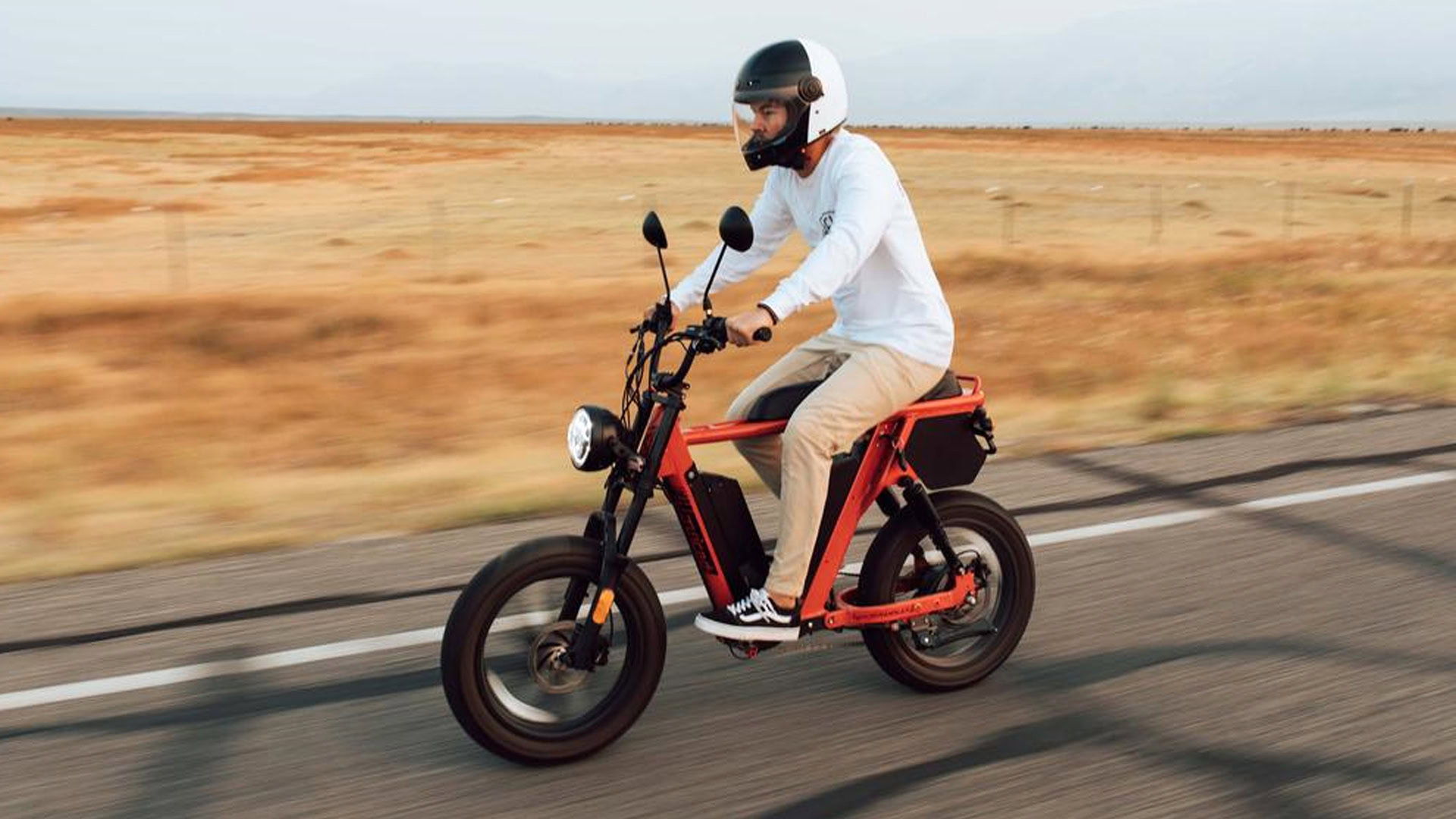
Juiced’s HyperScrambler 2 ($2,599) sports a 1,000W motor, front and rear suspension, and both torque and cadence sensors, as well as amenities like turn signals and a built-in alarm system. Its marquee feature is an optional, $ 500-second battery, which under ideal circumstances, pushes range over 100 miles (161km). You may need it if you’re planning to go throttle-only since the bike can top 30mph (48 km/h).
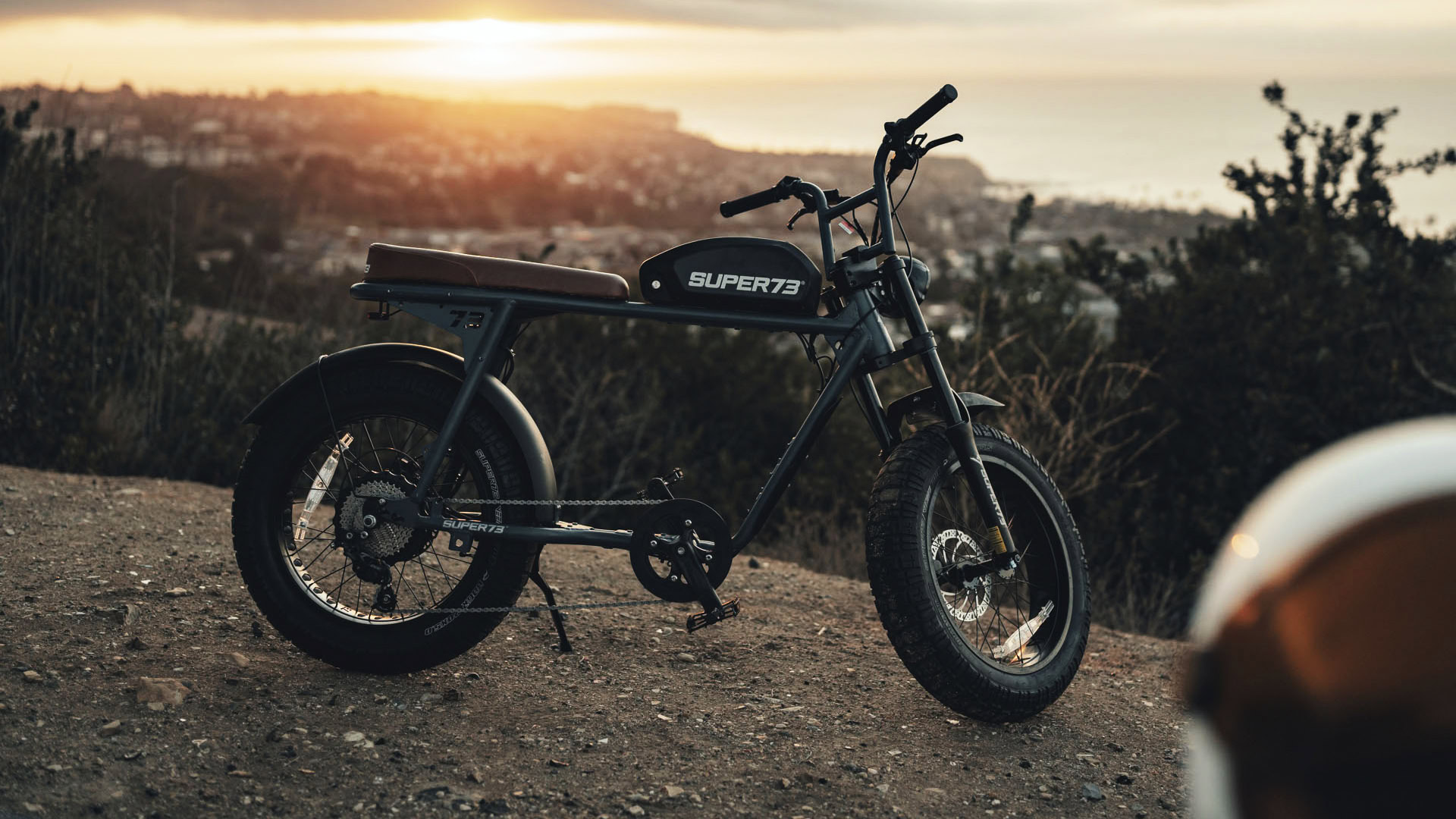
The Super73 S2 ($2,995) is the model most Super73 shoppers should aim for. Upgrades from the ZX include a 1,200W motor, fenders, front suspension, a powerful headlight, and even fatter tires. The range rises to 40 miles (64km) using the throttle and 75 miles (120km) or more with pedal assist. You could spend $3,695 on the top-of-the-line Super73 RX, but while there are many subtle differences with the S2, the only major addition is the rear suspension. That makes the RX better at off-roading or handling curbs and potholes.
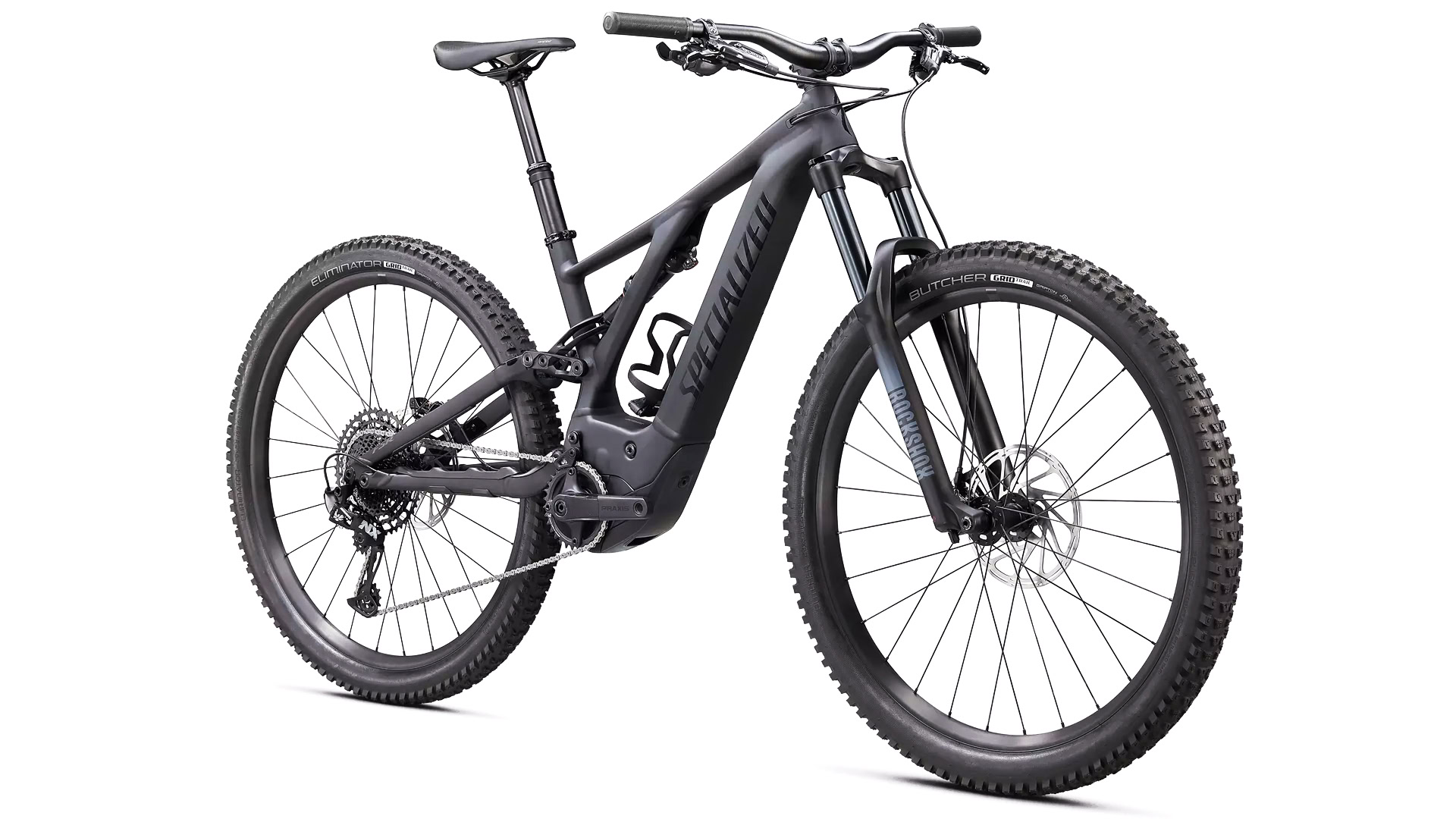
If money is no object, but you insist on the best conventionally-styled bikes, we suggest looking at products by Specialized. One option is the Turbo Levo Alloy mountain bike, which starts at $5,800. While it only has a 565W motor, you’re getting a mid-drive system and other top-shelf components, such as an alloy chassis. Specialized only mentions “up to five hours” of range, but the Levo is built for trails first and foremost, so that should be plenty.
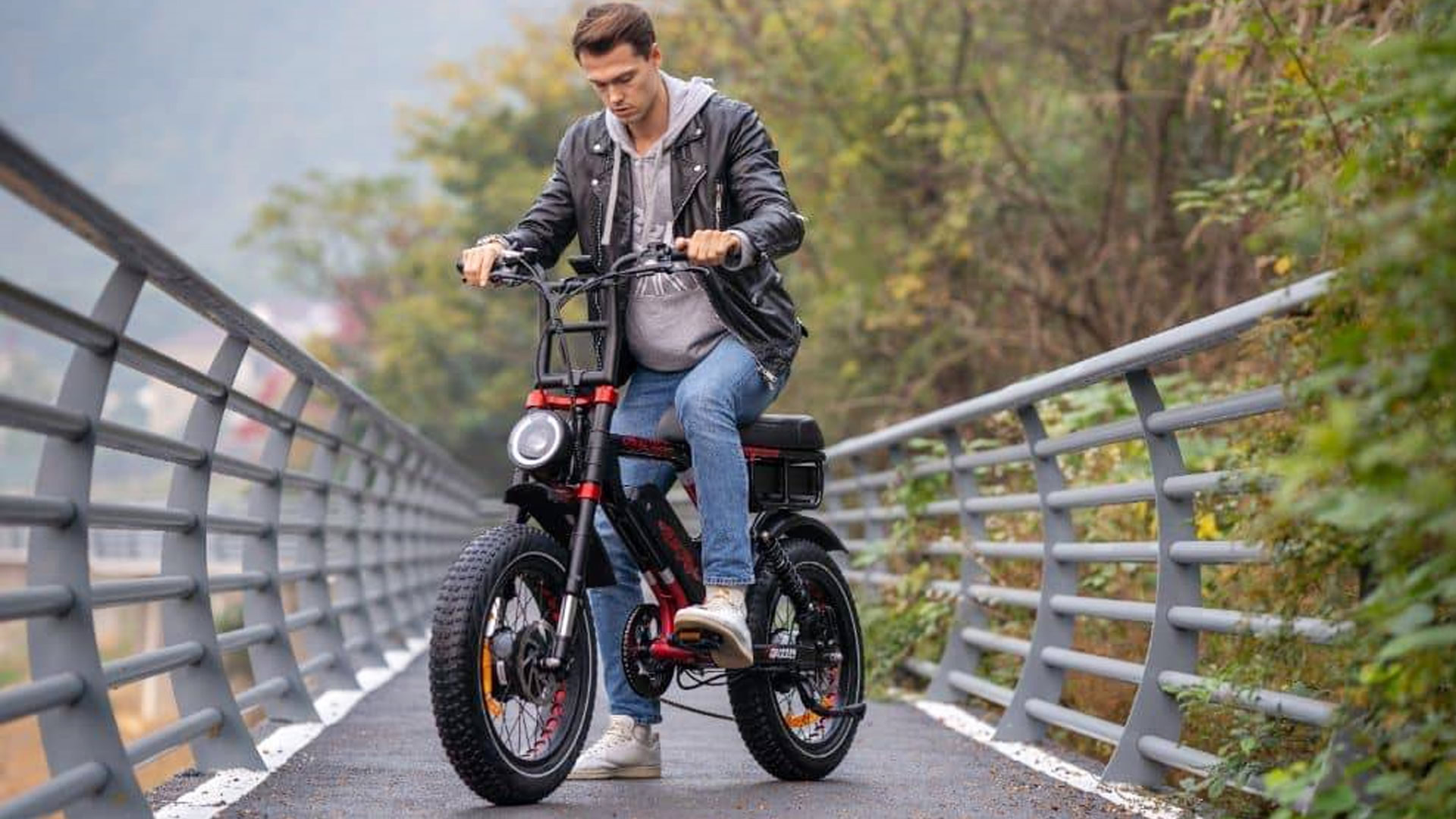
The Ariel Grizzly ($3,299) is a dual-battery fat-tire bike with a range between 35 and 75 miles (56 to 121km) and twin hub motors rated at 1,000W each. That helps quite a bit with acceleration and hills and makes it preferable to most e-bikes in its price class for going off-road.
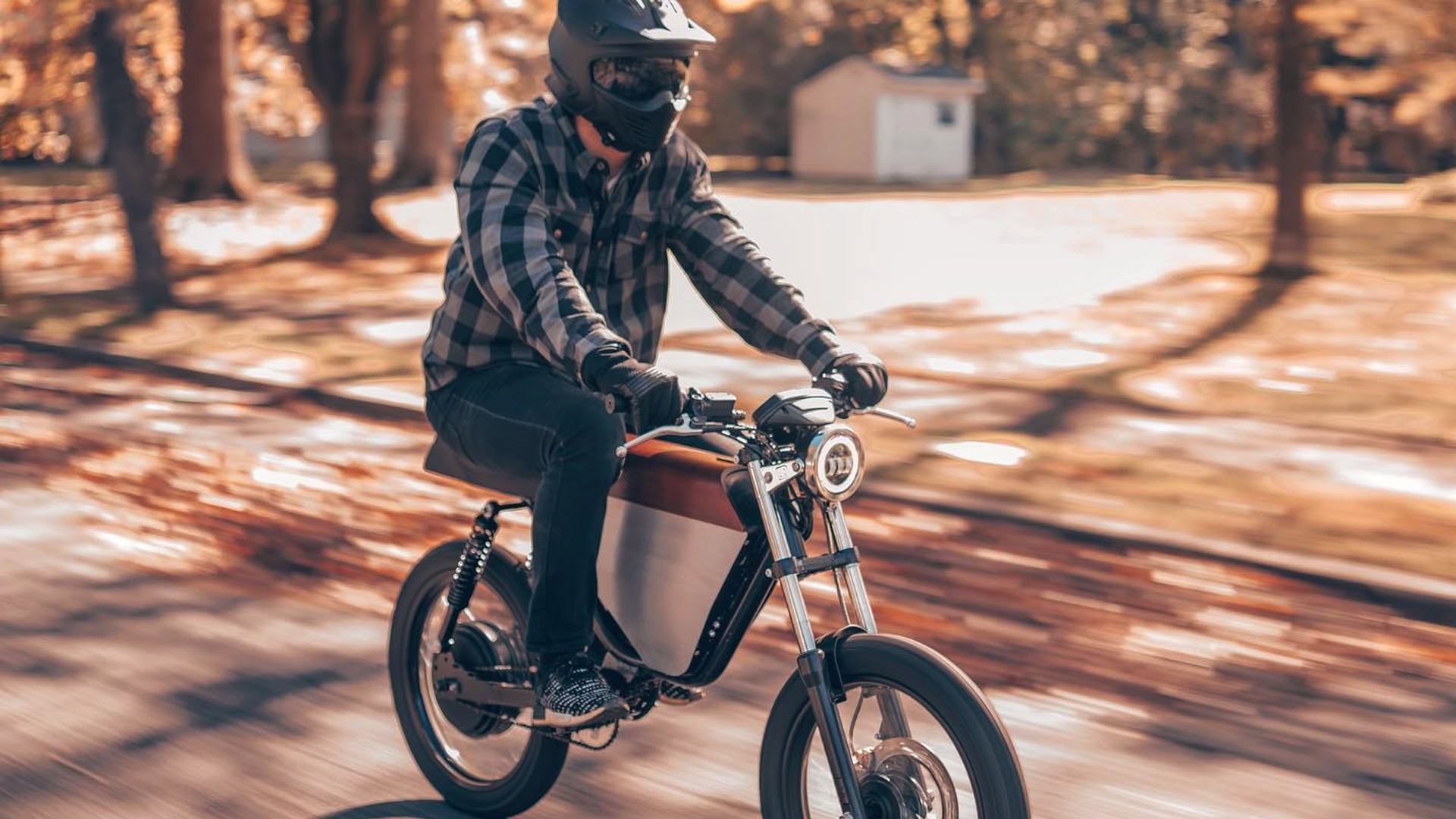
As highlighted earlier, the Onyx RCR is basically a motorcycle. You can pedal it if you have to, but you’ll want to use the throttle whenever possible, and there’s no way you’ll hit 60mph using your feet. Current prices start at $5,243, with a range anywhere between 40 and 175 miles (64 to 282km), depending on riding mode. You can spend even more if you want an off-road kit with knobby tires and better suspension.
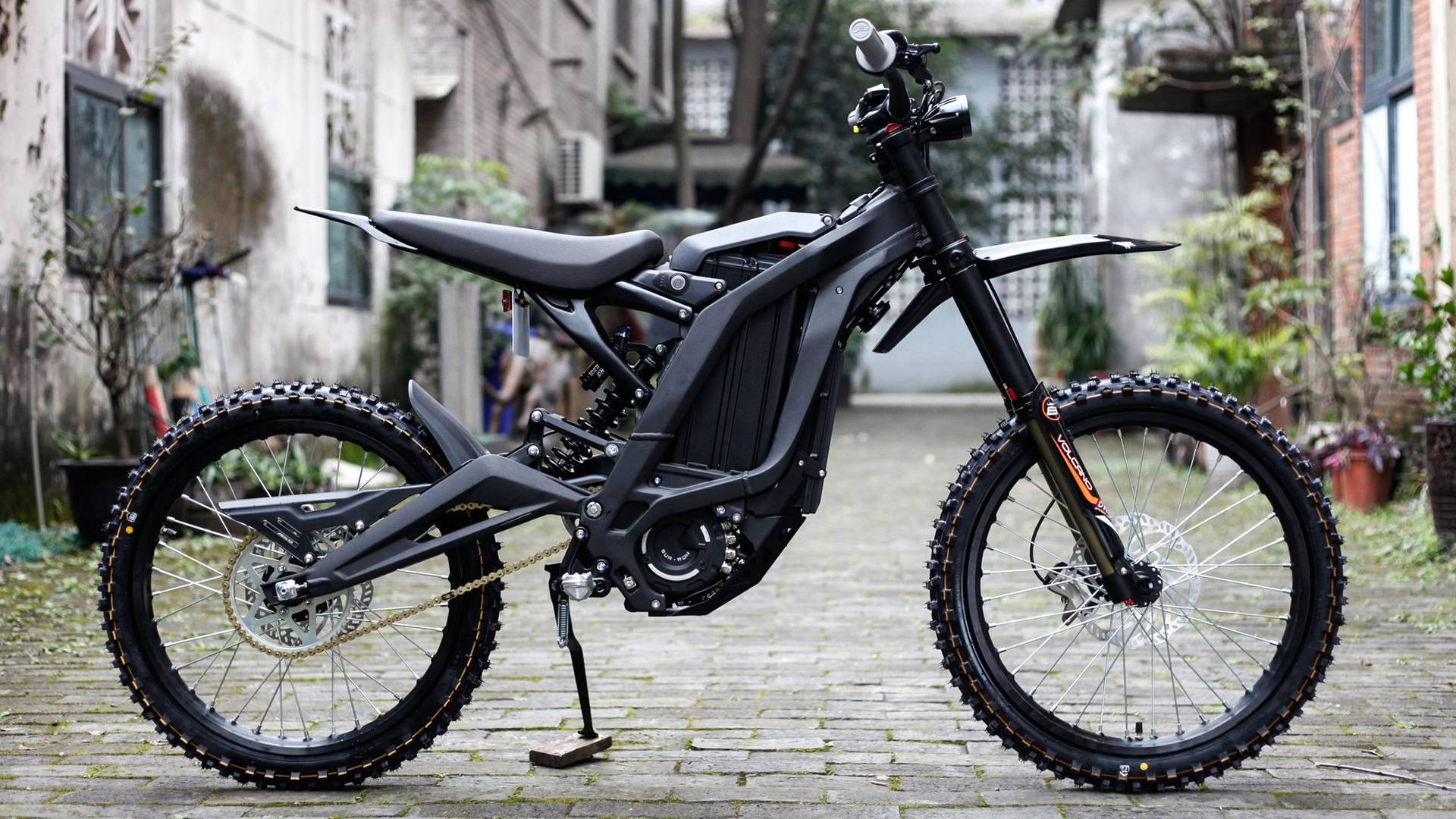
The Sur Ron X ($4,350) is similar in concept to the RCR but has a lower 45mph (76kph) top speed and is explicitly designed with off-roading in mind, though it’s still adept in the city. The standard range is rated between 20 and 60 miles (32 to 97km), depending on which mode you’re in. If you order from Luna Cycle, you can pay for upgrades like a belt drive, a bigger battery, or more powerful front lights.
E-bikes: FAQs
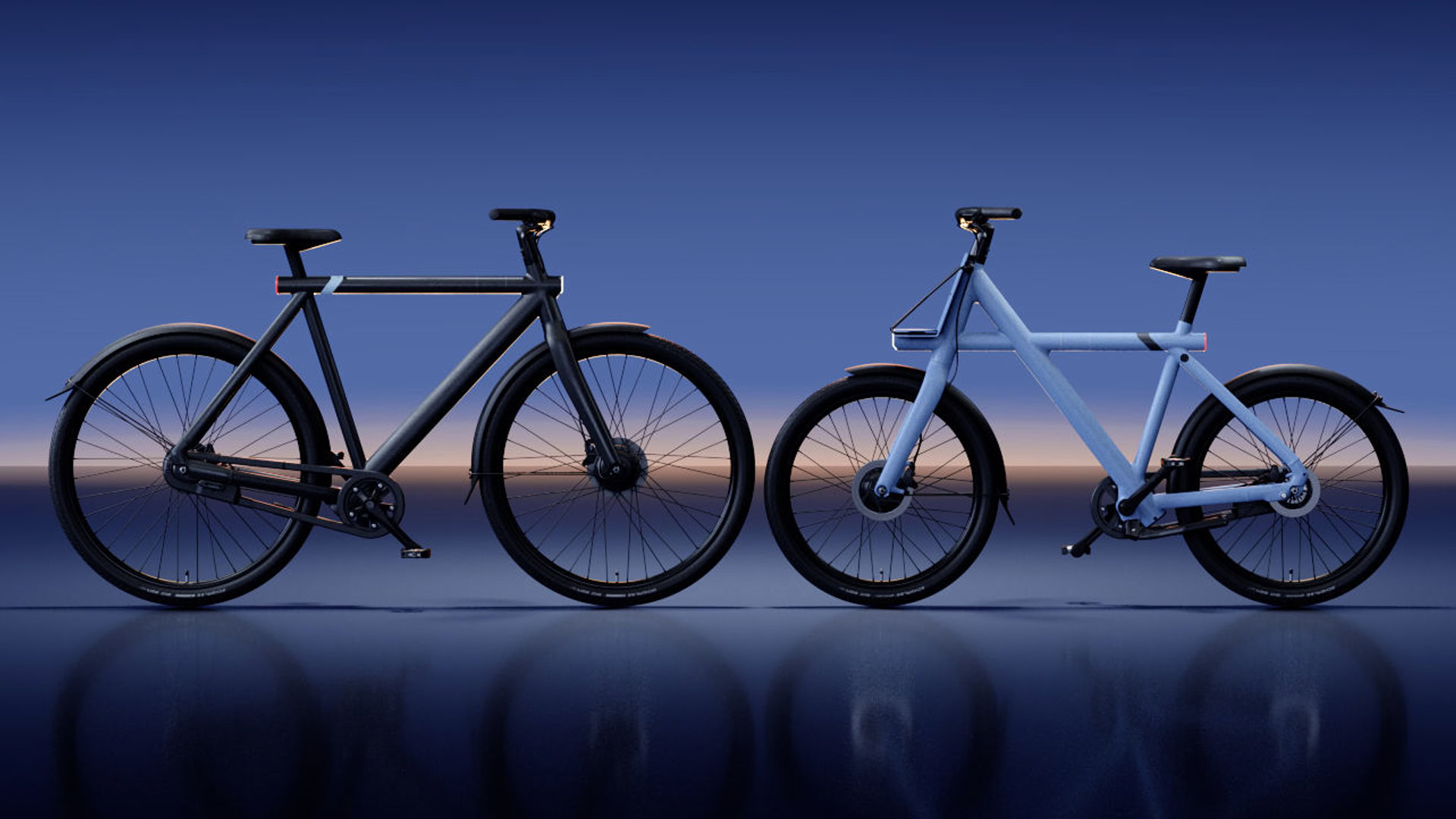
In general, no. While e-bikes are heavier, the same principles apply. Where things might get complicated is at high speed. The faster you go, the harder it becomes to maneuver or stop, and your reaction times need to improve accordingly. The consequences of failure go up as well — we strongly recommend motorcycle-grade safety gear at 40mph (64kph) or more, and you may want motorcycle lessons.
Remember that you can still cause serious injuries below 40mph or even 30mph; it’s just less likely. Protect yourself accordingly. Kids shouldn’t be going over 20mph (32 kph).
If it’s an option, never park in dark or isolated areas for extended periods of time. That could mean as little as 10 minutes since once any locks have been cut, it doesn’t take long to ride off or lift a bike into a truck. Chances are theft won’t happen that quickly, but the risk is there. You can mitigate threats by using heavy-duty wheel and/or frame locks, like Kryptonite’s New York Fahgettaboudit chain. The security is worth the added weight.
No matter which brand you choose, don’t skimp — some thieves are equipped with grinders and lockpicks, and only the toughest products will slow them down. Use multiple locks if you can afford to. Always lock your bike to something immovable, and buy an alarm system if your ride doesn’t come with one. Take your battery with you if it’s removable and won’t disable security systems.
Potentially, but you need to acknowledge certain truths. The first is the necessity of function over fun. Replacing a car sometimes means carrying passengers, cargo, or both, so you’ll at least want an assortment of bags or baskets, a good backpack, and/or a second or extended seat. For bigger loads you may want to invest in a trailer and/or a cargo bike, such as the RadWagon 4.
Another factor is the weather. You can often ride bikes in light rain or snow, but you’ll need to go slower, take precautions, and have alternate methods of transportation available if conditions turn south. Said precautions can include everything from tarps and off-road tires to putting a bag over the battery during rides. It’s entirely possible that an e-bike won’t make sense in your climate.
Build quality, meanwhile, becomes extremely important. It’s not enough for a bike to survive your daily commute, assuming you have one. You’ll need the range and reliability to make it to the grocery store and other common destinations, sometimes several on the same trip. Buy spare parts, and if you can afford it, a second battery and/or a cheap backup ride. Carry a tire repair kit on trips, and learn how to use it.
No matter how well-equipped you are, there are limits to what an e-bike can do. You won’t be hauling much furniture, for instance, and most intercity trips are probably a no-go. In some cases, you’re just going to have to bite the bullet and rely on public transit, rideshares, and rented/borrowed vehicles.
Usually! Pedal assist modes lower your exertion and calorie burn, but not completely until you switch over to throttle-only riding. In fact, e-bikes may be a great option for seniors looking for light exercise or anyone who wants to make biking their cardio but finds themselves surrounded by hills.
We won’t get into the motorcycle-grade helmets and body armor you’d want for bikes like the Onyx. If you’re just looking for helmets to wear at normal e-bike speeds, we’ve got a couple of suggestions.
One popular option is the TSG Pass. It’s expensive, but it covers your entire head while remaining lightweight and ventilated. A large visor protects against bugs and wind while still offering a wide field of view. Aesthetically, it’s one of the slickest helmets you’ll find anywhere.
For something cheaper, check out helmets by Thousand. These lack a visor and only protect your skull, but they’ve got plenty of styles, shipping in a wide range of colors. You can pop out the logo to lock up your helmet and bike at the same time.